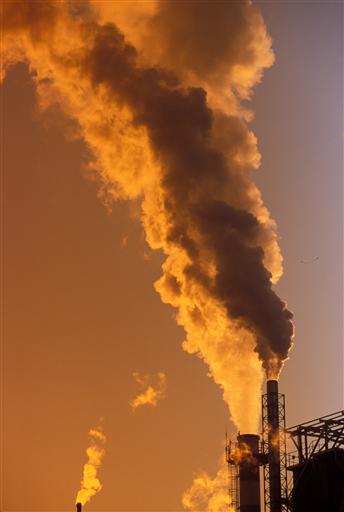While Economic Growth is one of the goals of Sustainable Development, sustainability requires management of a broader set of variables than Economic Growth. Consequently, measuring or even determining if sustainable development is occurring is a complex task. Traditionally used measurements of Economic Growth such as the gross domestic product (GDP) and the gross national (GNP), which are measurements of economic growth, are insufficient to estimate the impact of human activity on the triple bottom line of sustainability.
A central question that we need to ask is:
If Sustainable Development aims to maintain a constant Natural Capital, what is it that is being held constant?

You may have noticed that I added an optional reading, the book Sustainable Development: Economics and the Environment in the 3rd World, by Pearce et al. There are some important points made in this book that remain very relevant for our analysis and I strongly recommend that you read it. Here we are going to focus on the three different ways in which they answered this question:
- Constant Value of Man-Made + Natural Capital: This definition requires what Neumayer (2003) calls substitutability. In other words, that we can "buy" Man-Made Capital with resource consumption and environmental deterioration. Such an approach is the foundation of Weak Sustainability
- Constant Economic Value of the Stock: Here, because the price of a given renewable or non-renewable resource soars with scarcity, the total value remains constant even if the physical stock diminishes. Adopting this definition does not lead to sustainable practices.
- Constant Physical Stock: That is, the rate of harvest does not exceed the rate of production. This is the most literal and in some ways the least tractable interpretation because - barring stopping extraction - the physical stock can only be kept constant for renewable resources.
In addition to these three approaches, Neumayer (2003) notes that the Natural Capital is conserved if the constant value of the Total Natural Resource Stock is maintained. Strong Sustainability occurs if depreciation of a fraction of natural capital is replaced by appreciation of another.
